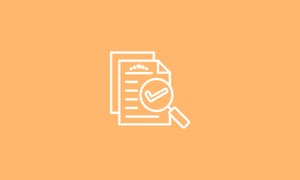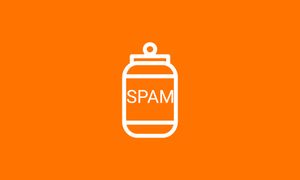So, you’re thinking of starting an online business in 2025. Maybe you’re already selling online, and you want some strategies for more success.
Now, you may think that you have to expand your product catalogue. Maybe you’re thinking that you should improve the quality of your products. You could even think about branching into other product lines.
Let’s let you in on a little secret. It’s all in the marketing. Sure, your catalogue and product quality is important, but without an effective eCommerce marketing strategy, how will consumers find your products, let alone buy them.
So, what do you need to know? Here’s some concrete advice you can follow for eCommerce success in 2025.

Your Website
Think of your website as your shop window. Think of it as a store people walk by every day. Each time, they look through the windows at the products, the layout, and the design of the store. They should have a reason to come in. It should thus be inviting and attractive. If it’s not, consumers won’t go through the trouble of coming in.
Remember, consumers are emotional buyers. Or, in other words, they’ll often buy a product that’s not the best on the market based purely on the fact that they like the looks of it or how it makes them feel. You’ll find this in almost every industry, from electronics to clothing and shoes. Likewise, good design can invite them in and let them explore more.
Apart from the design and looks, it should also demonstrate your brand’s story. This story needs to be consistent across all aspects of your website’s design. So, how do you tell it? It’s simple. By using content, consumers learn your story, and you create awareness about your brand. In this way, consumers know if they identify with your business and whether they want to do business with you.
In fact, consumers trust content more than traditional advertising with 70% preferring to learn about a company through content rather than ads. For this reason, content is the backbone of any digital marketing strategy. The key, however, is that you should provide relevant and valuable resource to consumers to solve their problems.
Social Media
Your content goes beyond your website, though. If you think of your website as the store window, social media is the counter inside where consumers have the chance to meet and engage with you.
Here, consumers not only get the chance to learn more about your business through your content but can also interact with you. This creates relationships on a deeper level than traditional advertising.
Obviously, social media also allows you to use ads and target specific consumers to optimise your reach, but keep in mind that advertising and selling shouldn’t be the sole purpose of your account.
SEO
Okay, so now you know how important content is. But how do actually get people to read it? That’s where SEO comes in.
Think of it this way, what do you do when you’re struggling with a problem? Yes, you search for it on the internet. Now, why would consumers act any differently?
The goal with SEO is to make your site feature as high as possible in search engine results. So, by perfectly optimizing your keywords, you can make your website, content and products as visible as possible.
Ultimately, for you, this means more visitors, more leads, and more revenue. As a bonus, SEO offers one of the best returns on investment of all digital marketing strategies.
PPC
One drawback of SEO and organic traffic is that it often takes some time for the strategy to start showing results. If you don’t want to wait that long, or use some other strategy in the meantime, pay-per-click (PPC) may be for you.
Like SEO, you use keywords to target specific consumers, but here you pay every time someone clicks on your ad. You could actually reason that the more successful your ads are, the more you’ll pay. Thus, although PPC is highly effective, keep in mind that pricing varies and you may end up paying a lot more for highly competitive keywords.
Email Marketing
You’ll hear this everywhere. An email list is one of the most valuable assets your business can have. With it, you can target specific consumers that are more likely to engage with your content.
Although it’s an older form of marketing than PPC and SEO, it’s still very effective and provides a high return on investment, simply because it’s so affordable and email use is so widespread. It also gives you some other benefits like automation and segmentation that allows you to increase your reach and targeting without much hassle.
Analytics
Once you’ve implemented all these strategies, you’ll obviously want to know what’s working and whatnot. Here, analytics are indispensable. It provides insight into all your marketing efforts with which you can analyse your performance and make improvements where necessary.
For example, it can show you metrics on your website traffic, how you get visitors, and what people do on your site. Likewise, you can get information on your email open rates, your conversion rates, and you get to test different strategies to see which works best.
Conversion Rate Optimisation
Armed with the data you get from your analytics, you’ll be able to optimise your conversion rate to get the most reach for the lowest outlay. In this way, you increase your return on investment, up your leads, and increase your revenue.
This could include anything from tweaking your content strategy, changing the forms on your website, or improving your targeting to get the most bang for your buck.
Final Thoughts
There you have it, a simple guide you can use to increase your eCommerce success in 2025. By using these guidelines, you’ll increase your overall reach, get more leads, up your conversion rates, and increase your revenue.
But don’t let your research stop here. There are many more things you could learn and implement to set yourself up for success.






